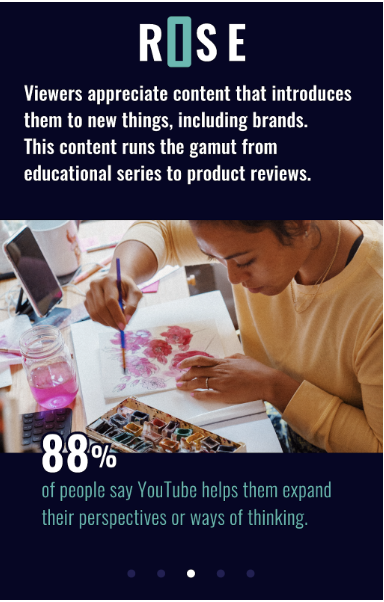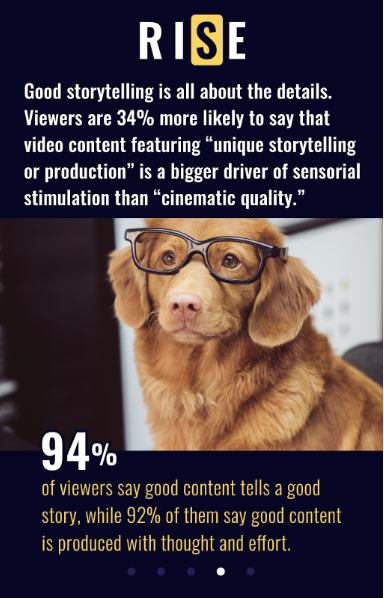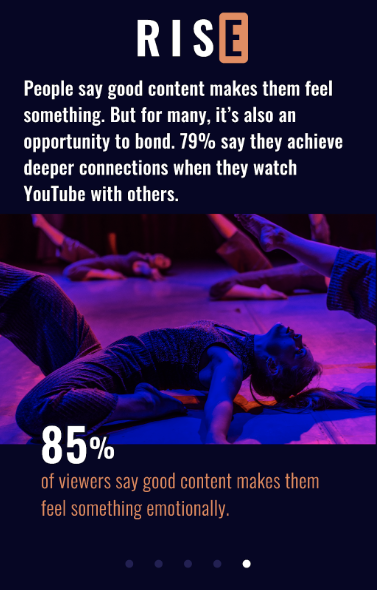Finding your way from research output to useful insights
- Alessandra Tobin
- 1 day ago
- 4 min read
Updated: 1 hour ago
A typical qualitative study with six focus groups, each 90 minutes long, produces nine hours of conversation. That's 540 minutes of talk and roughly 150,000 words. Feelings, moods, brands, occasions, needs, hopes, dreams, fears, pain points, all swirling together.
Let's face it: qualitative projects can make you feel like you're stranded in a sea of words.
I'm not complaining - this is the life of a qualie. We design conversations that get people to speak openly and honestly. We uncover the real reasons behind things like, why a blue button gets fewer clicks than a yellow one, or why people happily use AI to write emails but hesitate to let it manage their calendars. We earn people's trust and explore some deep emotions. It's as human as marketing gets.
But as interesting and fulfilling as our job can be, there is no denying the sheer amount of words that you end up seeped in after a project is done. How does one turn all of those thousands of words into something brands can actually use?
Finding the way in a sea of words
When we say we “bring the voice of the consumer to brands” we mean it literally: he said this, she said that, they said that.
Every sentence matters. Some are rich and revealing, others flat and quiet, and they all form the data set. The sea.
Our job is to navigate that sea and surface insights brands can act on. Sometimes it’s tactical, like changing the color of a button. Sometimes it’s strategic, like reframing a brand’s promise.
This journey is wonderfully messy.
We dive into transcripts, pages of quotes and themes, swimming through the data until meaning takes shape.
Then we craft, which means we write. Sometimes it feels like investigative reporting, where you weave a story supported by quotes. Other times it feels like producing a short film, cutting together highlights that show the heart of what people said.
The journey ends with useful outputs for clients. And one of the most powerful outputs we create are frameworks.
Frameworks: anchors in the data
Frameworks bring structure to complexity and transform raw findings into strategic stories.
Here’s how.
A straightforward finding might sound like this: “Participants use this app mostly at the personalization stage of their purchase, where they adapt trends to their own needs, and less often at the discovery or sharing stages.”
Now through a framework: “This app is where people come to Play with trends: they add a Personal Touch, give trends Lasting Value, drive Authentic Action, and work at Your Pace.”
The insight is the same, but the framework makes it stick. It adds dimensions, forms pillars (Play, Personal, Value, Action, Pace). It becomes language stakeholders can visualize, internalize, and repeat.
Research backs this up: a 2020 Journal of Marketing paper found that frameworks and narrative devices significantly increase the adoption of consumer insights across organizations.
Three cases in point:
Nike’s “Consumer Truths” framework guide product, retail, and digital teams
Spotify’s “moments" framework” informs it all from playlist design to ad strategy
And of course, the "great content" framework we came up with for YouTube
Frameworks last. They circulate, they become shorthand, they endure. They’re how insights spread across silos and time zones.
And to tell the story, we want to do it in a way that feels engaging to read.
Active voice: power in the telling
The final leg of the journey of reporting is voice. Why does it matter?
Because we have a knee-jerk impulse to report data like this: “The app is mostly used at the personalization stage, where trends are adapted to individual styles.”
But, it’s much more engaging like this: “Consumers turn to this app to personalize trends, adapting ideas to their individual styles.”
That small shift changes the energy of a report. And when a report runs 50 slides, it changes how readers feel about the whole story.
Cognitive science confirms this. Foos (2010) showed that active voice improves comprehension and recall. Escalas (2004) found that narrative framing, telling insights as stories, increases emotional engagement and likelihood of application.
Marketing cases echo this: when Airbnb reframed “safety” as “trust” through active, story-driven insights, it unlocked a way to build the brand around belonging rather than transactions.
Getting to a safe shore of insights
Okay, so you’ve read all this about transcripts, frameworks, and active voice.
But how will you remember it tomorrow when you’re back in your own sea of emails and meetings? Easy - with a framework!
Here’s one just for you, dear reader. How does Talk Shoppe help brands? When navigating a sea of data, Talk Shoppe is the NAV that takes brands from research question to actionable answer:
N – Navigate Transcripts. We dive into raw conversations, hours of dialogue, thousands of words, and surface the meaning within.
A – Anchor with Frameworks. We transform complexity into structured, strategic stories, creating frameworks that act like anchors: stable, simple, and memorable, helping insights stick across organizations.
V – Voice it Actively. We tell the story of the data in an active voice, energizing the narrative and making insights engaging, persuasive, and easy to recall.
Ultimately, our job at Talk Shoppe is to guide brands across the sea of words. Think of NAV as a compass for brands. It transforms a flood of words into a clear, strategic direction.
















